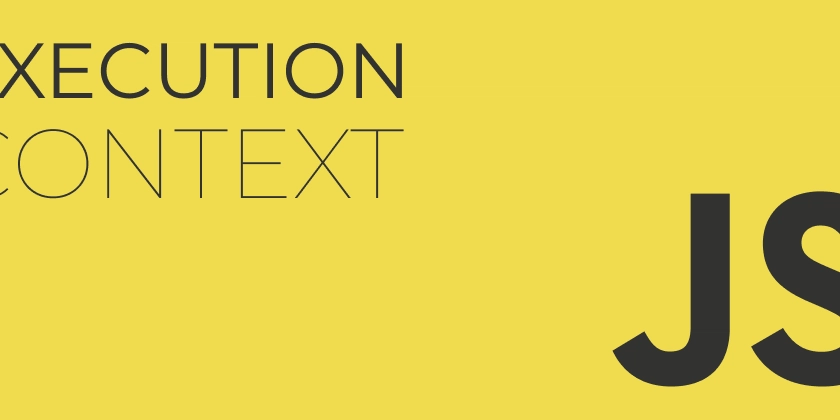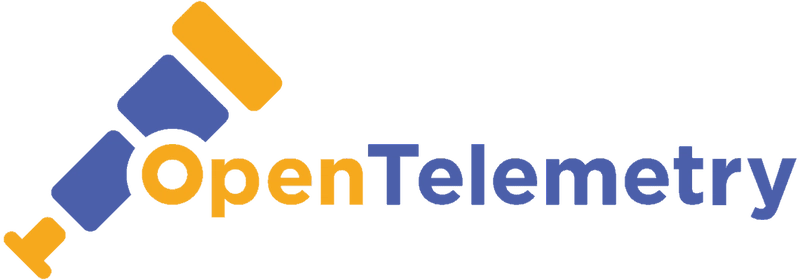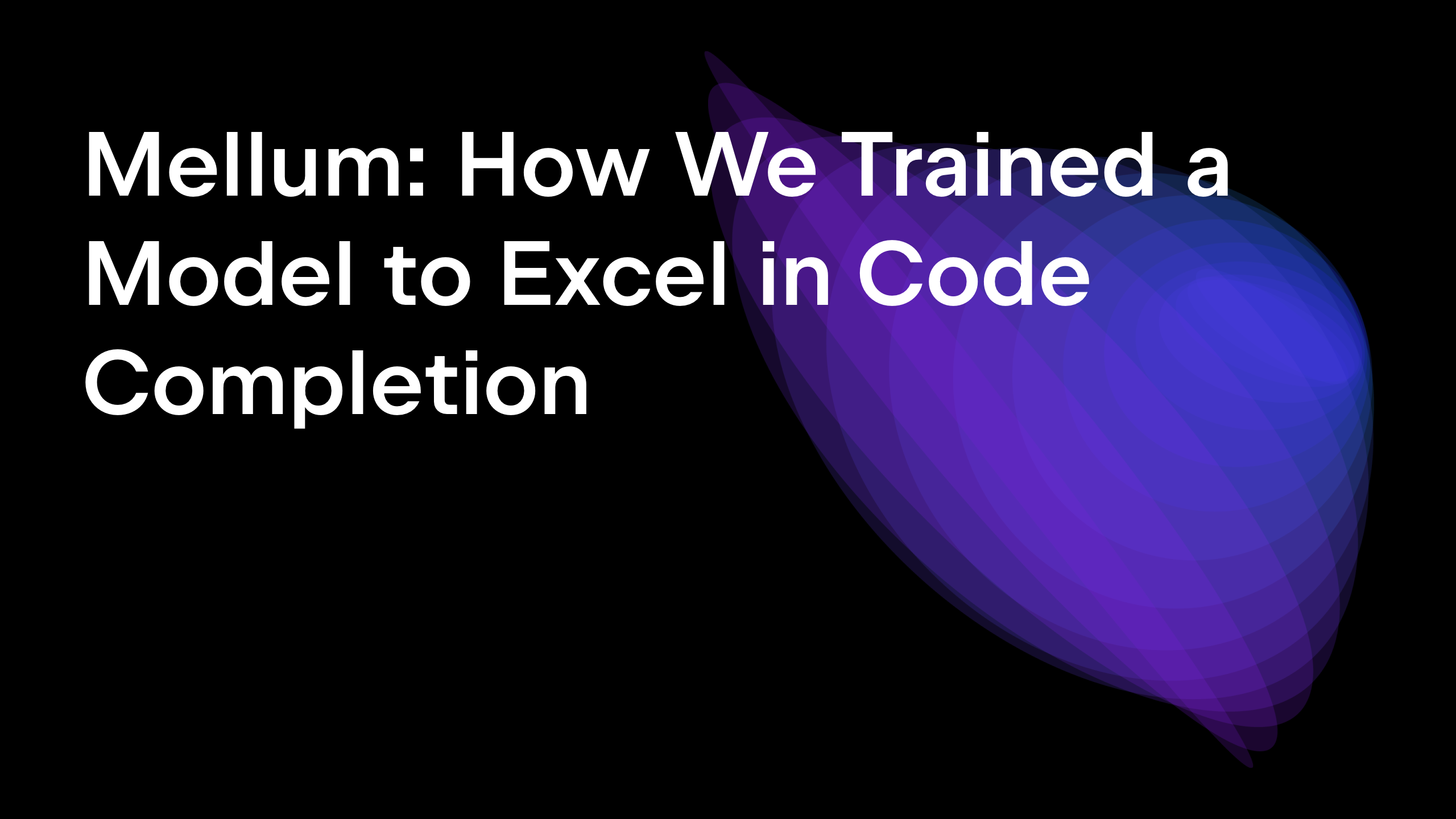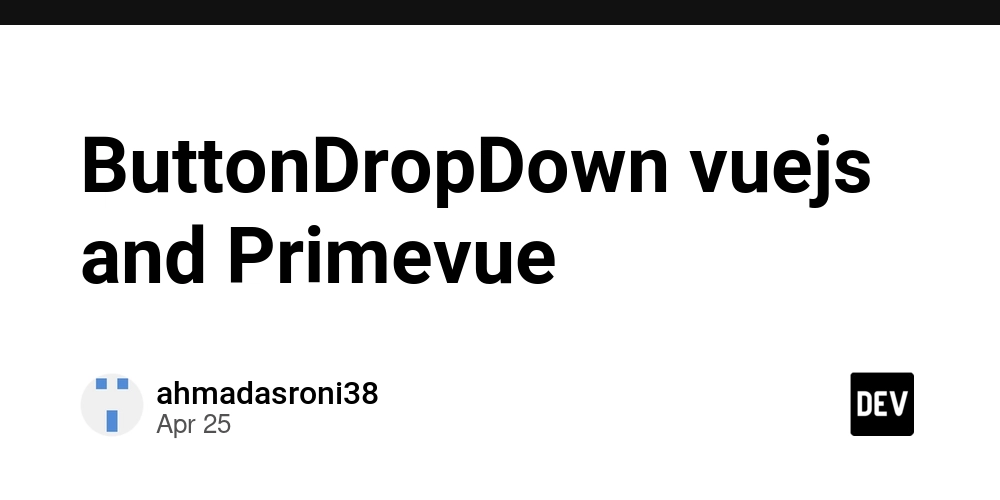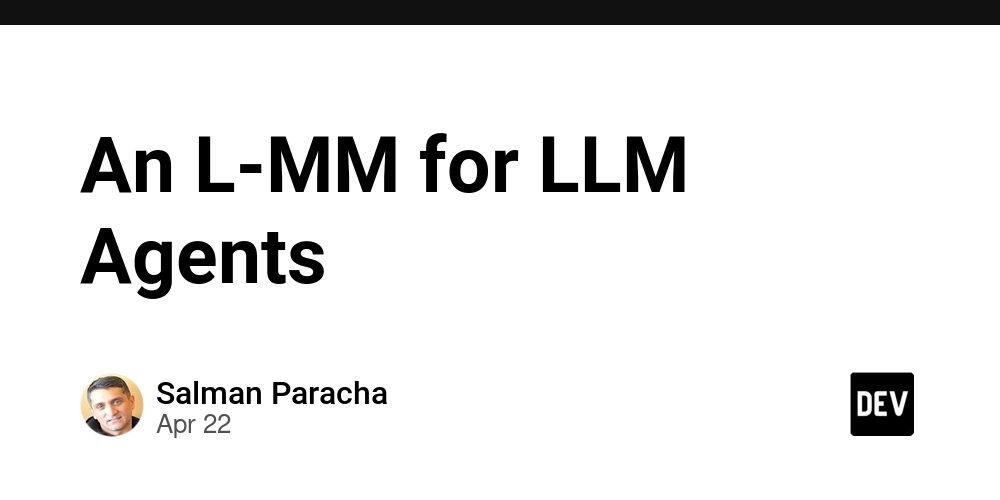Blockchain for Open Source Funding: A New Paradigm
Abstract This post explores how blockchain technology is revolutionizing funding for open source projects. We dive into the history and ecosystem of open source, explain core blockchain concepts—from decentralization to smart contracts—and showcase practical applications using examples like Gitcoin and Giveth. We also discuss challenges such as technical complexity and regulatory hurdles, and offer future outlooks including innovations in cross-chain interoperability and decentralized governance. In doing so, we highlight the potential of blockchain to create transparent, sustainable funding mechanisms that empower communities worldwide. Introduction Open source projects have long been the engine of technological innovation. However, traditional funding models often struggle to keep pace with community-driven development. In response, blockchain technology has emerged as a promising alternative, enabling new funding paradigms that emphasize decentralization, transparency, and community governance. This post describes how blockchain can redefine funding for open source projects, exploring both the underlying technology and its practical implementations. Blockchain is more than just a ledger for cryptocurrencies; it embodies principles that align with the open source ethos. Elements such as smart contracts, token economies, and decentralized autonomous organizations (DAOs) help inject sustainability into the ecosystem. For further background on blockchain, check out the Blockchain Wikipedia page. Background and Context Open source projects have traditionally relied on methods such as donations, grants, or sponsorships. Yet these methods suffer from limitations like revenue volatility, dependency on a narrow donor base, and opaque financial processes. Blockchain opens up a new realm of possibilities: History and Evolution: Early open source initiatives depended on volunteer work and sporadic funding. As projects grew, so did the need for systematic support. Simultaneously, blockchain technology evolved from its early cryptocurrency days—Bitcoin pioneered a decentralized system—to platforms capable of executing complex code through smart contracts. Key Definitions: Blockchain: A decentralized ledger technology that records transactions across multiple computers, ensuring transparency and security. Smart Contracts: Self-executing contracts with the agreement terms directly written into code. Read more about smart contracts on blockchain. DAOs: Decentralized Autonomous Organizations that allow communities to govern funding decisions democratically. Ecosystem Context: In the open source world, aligning incentives between developers, contributors, and funders is essential. Blockchain builds trust through transparency, thereby addressing longstanding concerns in fund management. Core Concepts and Features Blockchain introduces several key features that are uniquely beneficial for open source funding: Decentralization and Transparency Decentralization removes reliance on central authorities. Instead, the community has a direct say in funding decisions. Transparency is inherent in blockchain as all transactions are publicly recorded, fostering trust. Smart Contracts and Automated Funding Smart contracts help automate funding releases, ensuring that funds are disbursed automatically when project milestones are met. This enhances accountability and reduces administrative overhead. Tokenomics and Incentivization By creating internal economies through tokens, projects are able to: Reward contributors fairly. Align incentives with long-term project growth. Facilitate liquidity and trading of project tokens. For an in-depth discussion, read about Opulus NFT Tokenomics. Decentralized Autonomous Organizations (DAOs) DAOs empower communities to self-manage funds. Instead of traditional board-based decisions, funding decisions are made democratically by token holders. Gitcoin is a prime example where DAO models help match donations using innovative methods like quadratic funding. Integration with Other Technologies Blockchain funding models can interface with other innovations such as Layer 2 solutions (e.g., Arbitrum) which further enhance scalability and reduce transaction costs. Additional Blockchain Links from License Token Here are some important resources to explore cutting-edge blockchain solutions integrated with open source funding: Arbitrum and Blockchain Interoperability Arbitrum and Community Governance Arbitrum and De-Fi Yield Arbitrum and Ethereum Interoperability Arbitrum and Smart Contracts Applications and Use Cases Blockchain is not merely theoretical—it already powers real-world applications that provide funding to open source projects. Gitcoin and Quadratic Funding Gitcoin leverages blockchain to match community donations using quadratic
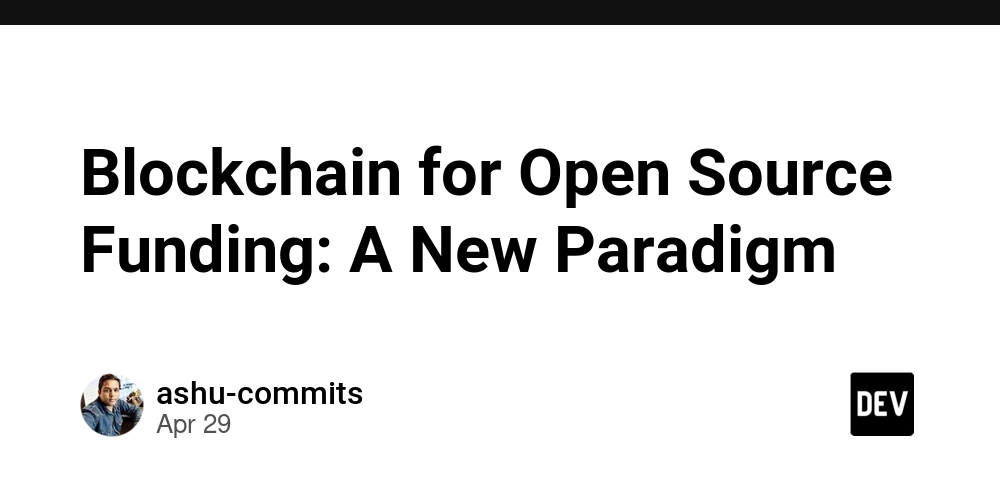
Abstract
This post explores how blockchain technology is revolutionizing funding for open source projects. We dive into the history and ecosystem of open source, explain core blockchain concepts—from decentralization to smart contracts—and showcase practical applications using examples like Gitcoin and Giveth. We also discuss challenges such as technical complexity and regulatory hurdles, and offer future outlooks including innovations in cross-chain interoperability and decentralized governance. In doing so, we highlight the potential of blockchain to create transparent, sustainable funding mechanisms that empower communities worldwide.
Introduction
Open source projects have long been the engine of technological innovation. However, traditional funding models often struggle to keep pace with community-driven development. In response, blockchain technology has emerged as a promising alternative, enabling new funding paradigms that emphasize decentralization, transparency, and community governance. This post describes how blockchain can redefine funding for open source projects, exploring both the underlying technology and its practical implementations.
Blockchain is more than just a ledger for cryptocurrencies; it embodies principles that align with the open source ethos. Elements such as smart contracts, token economies, and decentralized autonomous organizations (DAOs) help inject sustainability into the ecosystem. For further background on blockchain, check out the Blockchain Wikipedia page.
Background and Context
Open source projects have traditionally relied on methods such as donations, grants, or sponsorships. Yet these methods suffer from limitations like revenue volatility, dependency on a narrow donor base, and opaque financial processes. Blockchain opens up a new realm of possibilities:
History and Evolution:
Early open source initiatives depended on volunteer work and sporadic funding. As projects grew, so did the need for systematic support. Simultaneously, blockchain technology evolved from its early cryptocurrency days—Bitcoin pioneered a decentralized system—to platforms capable of executing complex code through smart contracts.-
Key Definitions:
- Blockchain: A decentralized ledger technology that records transactions across multiple computers, ensuring transparency and security.
- Smart Contracts: Self-executing contracts with the agreement terms directly written into code. Read more about smart contracts on blockchain.
- DAOs: Decentralized Autonomous Organizations that allow communities to govern funding decisions democratically.
Ecosystem Context:
In the open source world, aligning incentives between developers, contributors, and funders is essential. Blockchain builds trust through transparency, thereby addressing longstanding concerns in fund management.
Core Concepts and Features
Blockchain introduces several key features that are uniquely beneficial for open source funding:
Decentralization and Transparency
Decentralization removes reliance on central authorities. Instead, the community has a direct say in funding decisions. Transparency is inherent in blockchain as all transactions are publicly recorded, fostering trust.
Smart Contracts and Automated Funding
Smart contracts help automate funding releases, ensuring that funds are disbursed automatically when project milestones are met. This enhances accountability and reduces administrative overhead.
Tokenomics and Incentivization
By creating internal economies through tokens, projects are able to:
- Reward contributors fairly.
- Align incentives with long-term project growth.
- Facilitate liquidity and trading of project tokens.
For an in-depth discussion, read about Opulus NFT Tokenomics.
Decentralized Autonomous Organizations (DAOs)
DAOs empower communities to self-manage funds. Instead of traditional board-based decisions, funding decisions are made democratically by token holders. Gitcoin is a prime example where DAO models help match donations using innovative methods like quadratic funding.
Integration with Other Technologies
Blockchain funding models can interface with other innovations such as Layer 2 solutions (e.g., Arbitrum) which further enhance scalability and reduce transaction costs.
Additional Blockchain Links from License Token
Here are some important resources to explore cutting-edge blockchain solutions integrated with open source funding:
- Arbitrum and Blockchain Interoperability
- Arbitrum and Community Governance
- Arbitrum and De-Fi Yield
- Arbitrum and Ethereum Interoperability
- Arbitrum and Smart Contracts
Applications and Use Cases
Blockchain is not merely theoretical—it already powers real-world applications that provide funding to open source projects.
Gitcoin and Quadratic Funding
Gitcoin leverages blockchain to match community donations using quadratic funding. This model helps boost contributions for projects that genuinely resonate with the community. The decentralized funding model incentivizes broader participation, ensuring that every voice counts.
OpenZeppelin and DAO Governance
Projects like OpenZeppelin adopt DAO structures for managing funds and governance. Such approaches encourage community-driven decision-making, aligning with fair and transparent practices.
Giveth and Social Impact
Giveth focuses on using blockchain for transparent donations geared toward social causes. By ensuring every transaction is documented, contributors gain confidence that their funds are used effectively.
Additional Industry Perspectives
Open source funding is also discussed extensively on platforms like Dev.to, where experts highlight the role of donation-driven projects in driving sustainable innovation.
Case Studies: From Theory to Practice
Below is a bullet list summarizing prominent examples:
- Gitcoin: Implements quadratic funding to democratize contributions.
- OpenZeppelin: Utilizes DAOs to empower community governance.
- Giveth: Focuses on social causes with transparent, Ethereum-based funding.
Challenges and Limitations
Despite its promise, blockchain-based funding faces several challenges that need to be addressed:
Technical Complexity
Implementing blockchain circuits and smart contracts demands high technical expertise. Developers may encounter hurdles in ensuring that these technologies integrate seamlessly with existing workflows.
Regulatory Scrutiny
Government regulations around cryptocurrencies and blockchain have yet to mature fully. Increased regulatory scrutiny can pose compliance challenges for projects attempting to secure funding via blockchain.
Market Volatility
The virtual currency market is notably volatile. Fluctuations in token values can affect funding stability, potentially endangering project budgets if mitigation strategies aren’t in place.
Community Acceptance
While the idea of decentralized funding is attractive, it requires a cultural shift among both contributors and traditional funders. Ensuring community-wide acceptance may require gradual course corrections and robust education efforts.
Security Concerns
Smart contracts are immutable once deployed. A flaw in the code can lead to significant financial loss or misallocation of funds. Therefore, continuous assessments and audits are essential for maintaining trust and safety.
Future Outlook and Innovations
The future of blockchain for open source funding appears promising, contingent on the resolution of current challenges and the emergence of innovative practices.
Enhanced Scalability and Interoperability
Platforms such as Arbitrum and similar Layer 2 solutions are spearheading efforts to overcome scalability issues. Improved interoperability between different blockchains will allow open source projects to tap into a wider pool of resources and diverse investor communities. The integration of solutions like those described in Arbitrum and Ethereum Interoperability is setting the stage for a new era of cross-chain funding.
Increased Use of Decentralized Finance (De-Fi)
De-Fi innovations are poised to expand funding capabilities. With yield farming, staking, and liquidity pools, projects can attract investors interested in earning returns, thereby creating a win-win for developers and contributors alike. These mechanisms can help buffer the effects of market volatility.
Security Enhancements and Smart Contract Audits
Technological advances in smart contract auditing and security will be vital. Projects can adopt best practices for code verification to minimize risks. Emphasizing security will foster both developer and community confidence, ensuring funds are managed safely.
Ecosystem Collaboration
Looking ahead, collaboration among blockchain innovators, regulatory bodies, and open source communities will be fundamental. Joint initiatives can set standards for transparency, accountability, and sustainable funding. For more insights on sustainable blockchain practices, visit Sustainable Blockchain Practices.
Comparative Analysis: Traditional vs. Blockchain Funding
The table below highlights key differences between traditional funding methods and innovative blockchain-based models:
| Feature | Traditional Funding | Blockchain Funding |
|---|---|---|
| Transparency | Often opaque, manual audits | Fully transparent; every transaction is immutable and public |
| Governance | Centralized decision-making | Decentralized, community-driven via DAOs |
| Funding Volatility | Generally stable but limited | Subject to crypto market fluctuations |
| Administrative Overhead | High (manual processes) | Reduced via smart contracts and automation |
| Incentive Structure | Limited reward mechanisms | Tokenomics provide continuous incentives |
This comparison demonstrates how blockchain can address many of the shortcomings of traditional funding models.
Expanding Beyond Financial Sustainability
Beyond mere funding, blockchain offers the possibility of creating robust ecosystems where intellectual property is authenticated, and contributions are rewarded fairly. This holistic approach can underwrite both the financial and creative aspects of open source projects, ensuring long-term growth and innovation.
For a deeper dive into how decentralized governance models are reshaping funding strategies, check out these insightful Dev.to posts:
- Navigating Open Source Funding Opportunities
- Supporting Innovation: The Role of Donation-Driven Projects in Open Source
Summary
Blockchain technology offers a transformative path forward for funding open source projects. Its fundamental principles of decentralization, transparency, and automated smart contracts address many of the inefficiencies plaguing traditional funding methods. By leveraging DAOs and innovative tokenomics, blockchain paves the way for a community-driven, sustainable funding mechanism that not only provides monetary support but also fosters collective governance and innovation.
While challenges such as technical complexity, regulatory uncertainty, and market volatility remain, ongoing developments in scalability, interoperability, and security provide a bright outlook for this nascent funding paradigm. Importantly, as the ecosystem matures, collaboration between developers, blockchain innovators, and regulators will be key to navigating these hurdles.
Key Takeaways:
- Blockchain introduces transparency and decentralization that traditional funding methods often lack.
- Smart contracts automate complex funding structures, ensuring that funds are released only upon milestone verification.
- Tokenomics and DAOs offer novel incentivization and governance models that empower communities.
- Despite challenges, continuous innovations in scalability, security, and cross-chain interoperability are paving the way for a sustainable future.
As open source projects continue to drive technological progress, integrating blockchain for funding not only sustains innovation but also builds a more equitable ecosystem. The convergence of financial technology and open source collaboration may ultimately redefine how creative communities are supported and empowered.
By embracing these new paradigms, stakeholders can foster a vibrant and inclusive ecosystem that balances both technical rigor and human-centric values, ensuring that open source projects can flourish for generations to come.
For readers interested in further exploring technical innovations and sustainable funding models, consider revisiting the original article on License Token for additional insights.
Embracing blockchain for open source funding is not just about technology—it’s about empowering communities and democratizing innovation.



























![Apple Seeds Fourth Beta of iOS 18.5 to Developers [Update: Public Beta Available]](https://images.macrumors.com/t/uSxxRefnKz3z3MK1y_CnFxSg8Ak=/2500x/article-new/2025/04/iOS-18.5-Feature-Real-Mock.jpg)
![Apple Seeds Fourth Beta of macOS Sequoia 15.5 [Update: Public Beta Available]](https://images.macrumors.com/t/ne62qbjm_V5f4GG9UND3WyOAxE8=/2500x/article-new/2024/08/macOS-Sequoia-Night-Feature.jpg)









































![Apple Seeds watchOS 11.5 Beta 4 to Developers [Download]](https://www.iclarified.com/images/news/97147/97147/97147-640.jpg)
![Apple Seeds visionOS 2.5 Beta 4 to Developers [Download]](https://www.iclarified.com/images/news/97150/97150/97150-640.jpg)
![Apple Seeds tvOS 18.5 Beta 4 to Developers [Download]](https://www.iclarified.com/images/news/97153/97153/97153-640.jpg)
![Apple Releases macOS Sequoia 15.5 Beta 4 to Developers [Download]](https://www.iclarified.com/images/news/97155/97155/97155-640.jpg)






















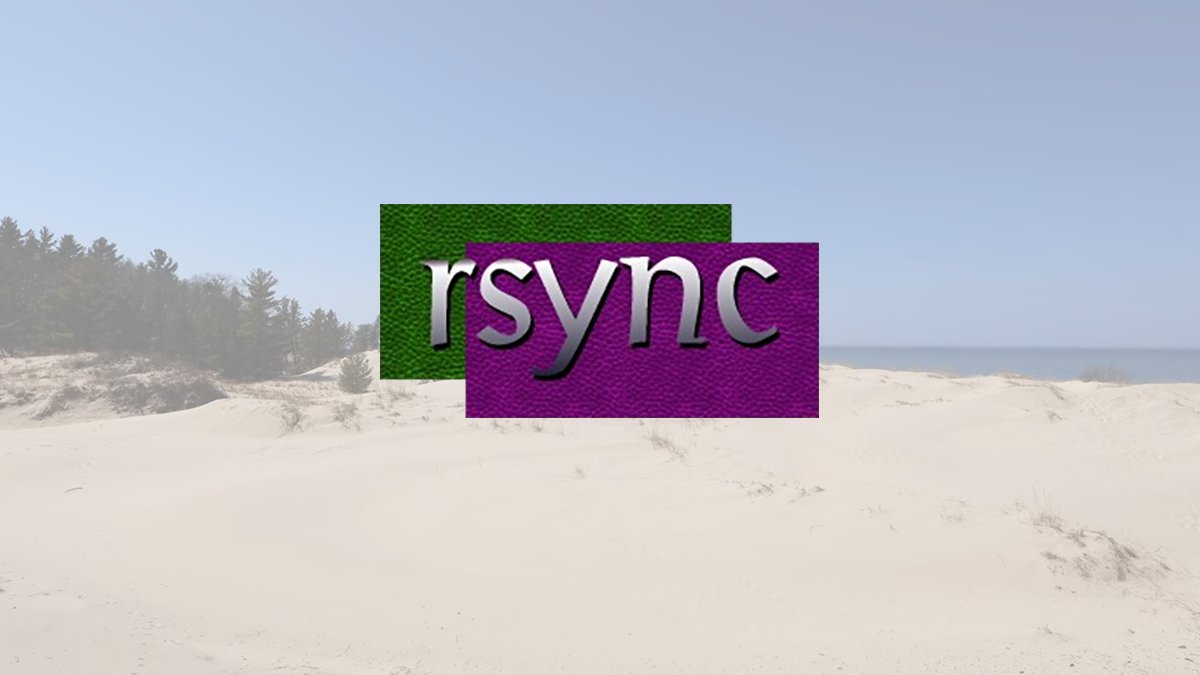
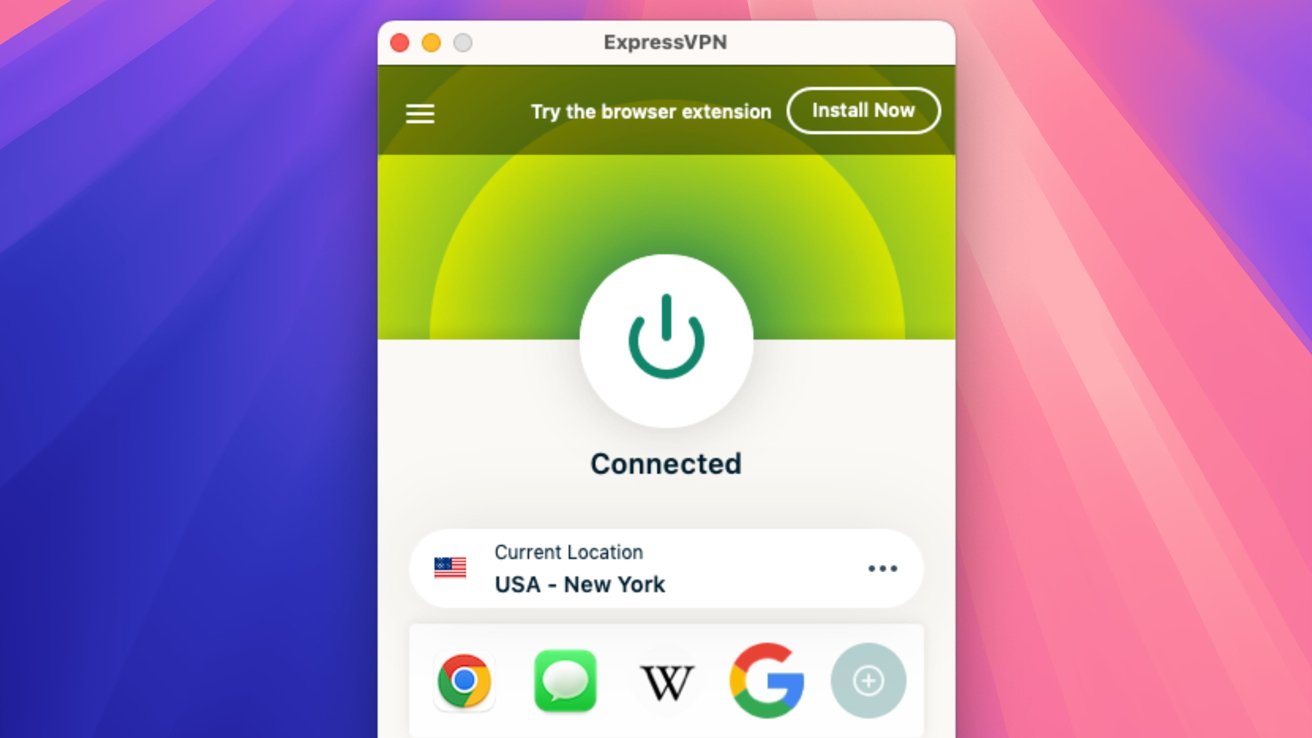



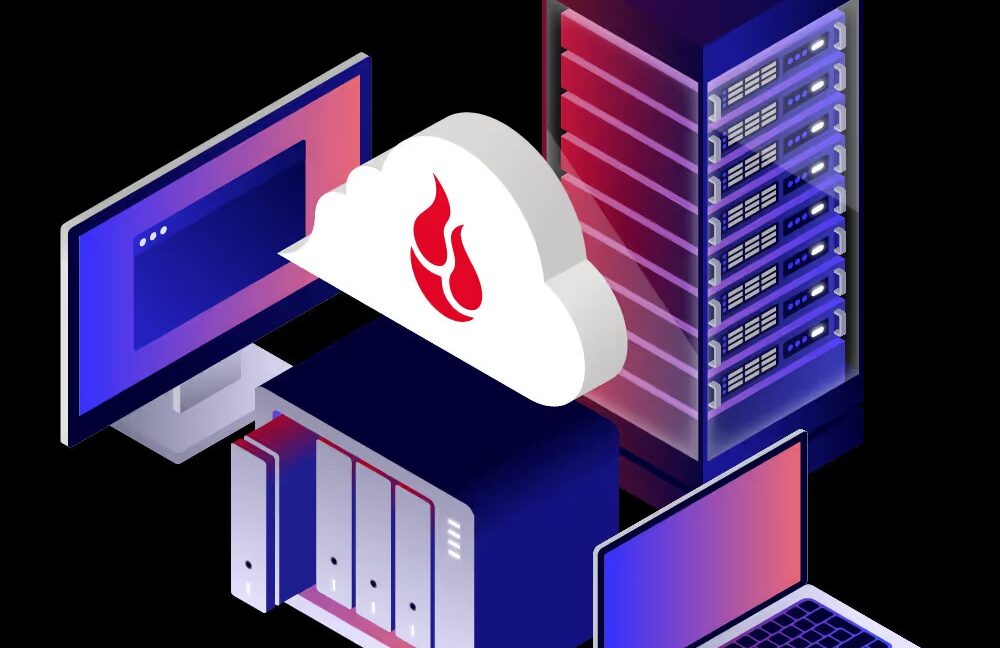










































































_NicoElNino_Alamy.jpg?width=1280&auto=webp&quality=80&disable=upscale#)
_Muhammad_R._Fakhrurrozi_Alamy.jpg?width=1280&auto=webp&quality=80&disable=upscale#)























































































































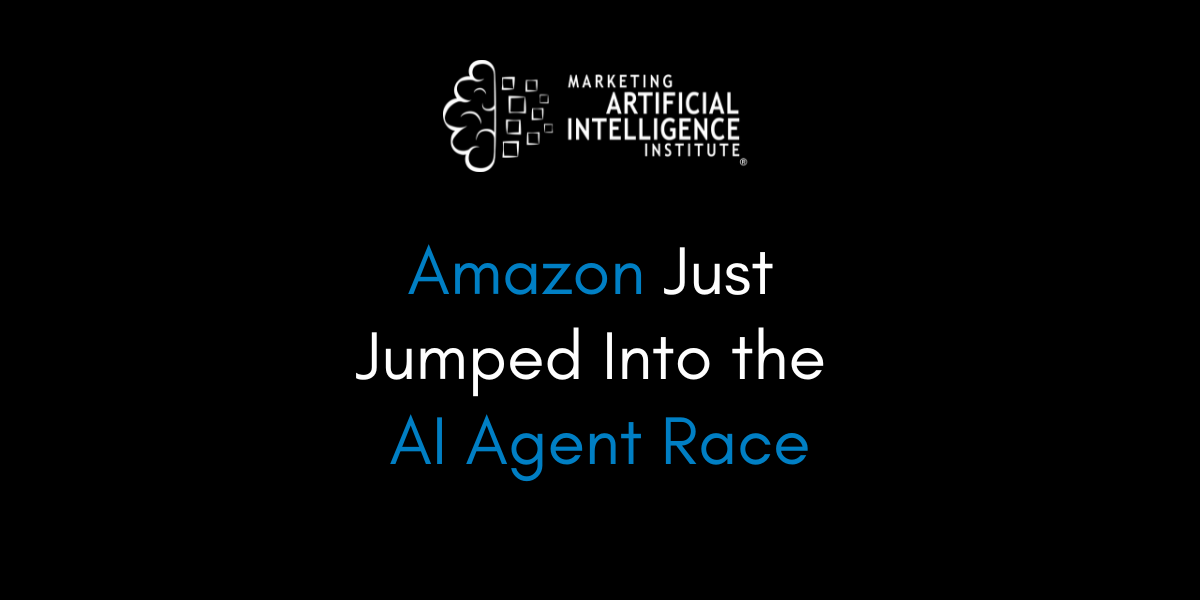
![[The AI Show Episode 144]: ChatGPT’s New Memory, Shopify CEO’s Leaked “AI First” Memo, Google Cloud Next Releases, o3 and o4-mini Coming Soon & Llama 4’s Rocky Launch](https://www.marketingaiinstitute.com/hubfs/ep%20144%20cover.png)




















































































































